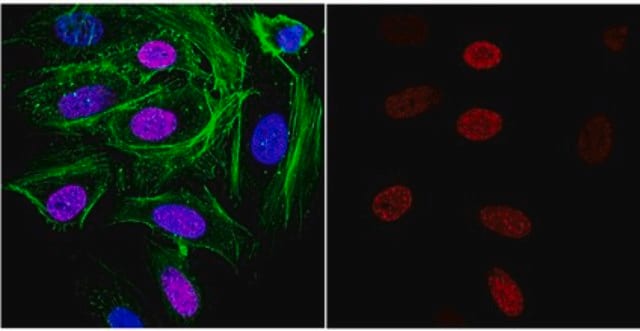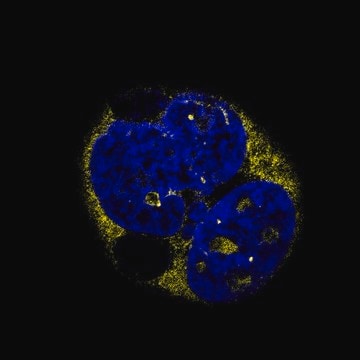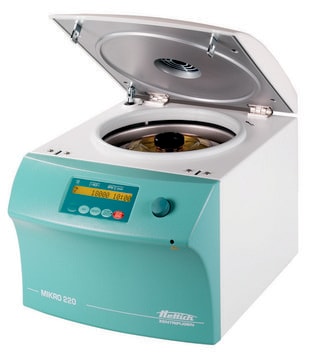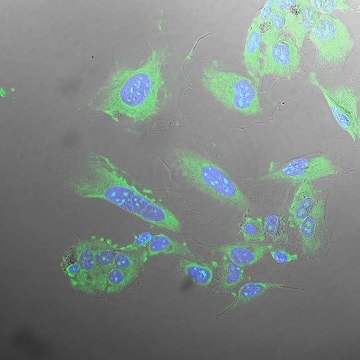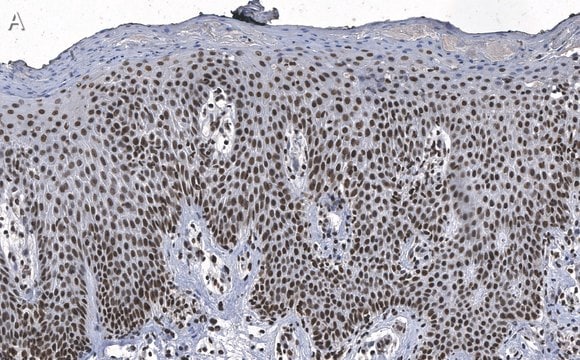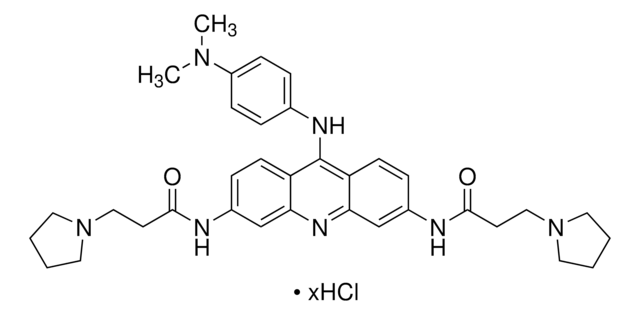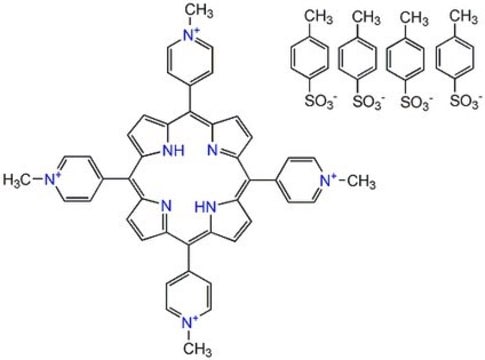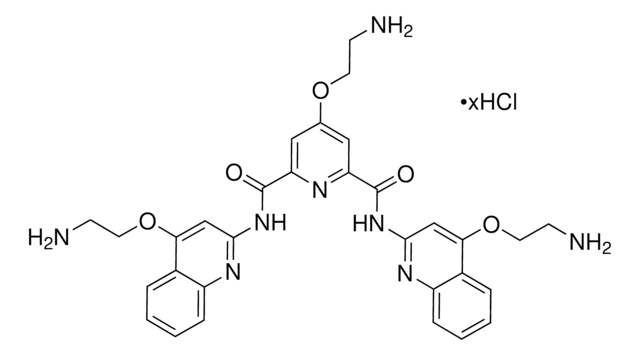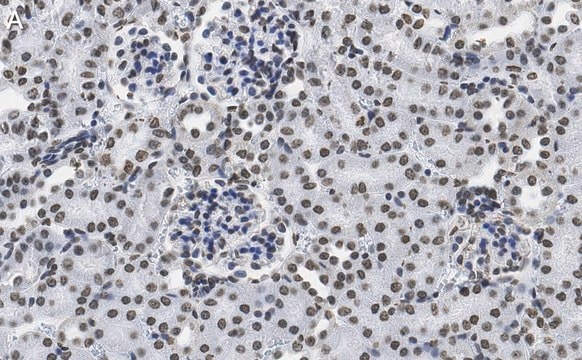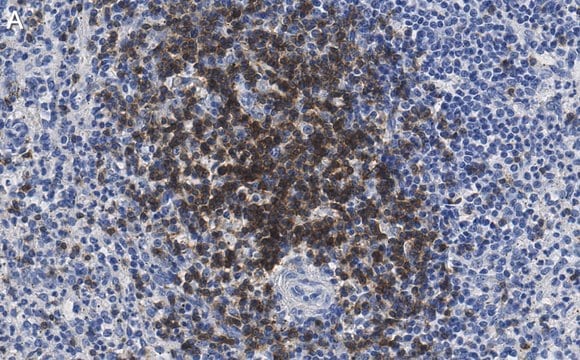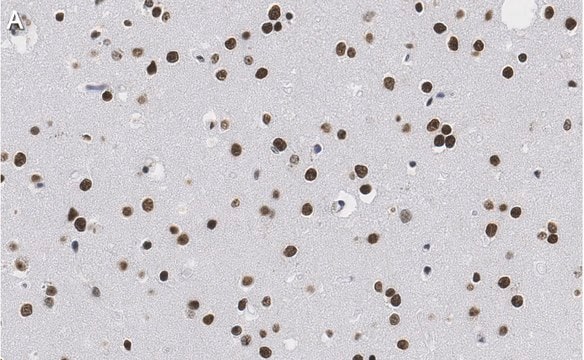Select a Size
CN¥3,425.54
Select a Size
About This Item
CN¥3,425.54
Recommended Products
Assay
>98%
form
lyophilized powder
storage temp.
−20°C
1 of 4
This Item | ZMS1017 | ZRB1295 | ZMS1056 |
|---|---|---|---|
| conjugate unconjugated | conjugate unconjugated | conjugate unconjugated | conjugate unconjugated |
| clone 1H6, recombinant monoclonal | clone S9.6, recombinant monoclonal | clone 1H2, recombinant monoclonal | clone 3E1.3, recombinant monoclonal |
| antibody form purified antibody | antibody form purified antibody | antibody form purified antibody | antibody form purified antibody |
| biological source mouse | biological source mouse | biological source rabbit | biological source mouse |
| species reactivity human, mouse | species reactivity human | species reactivity human | species reactivity human |
| UniProt accession no. | UniProt accession no. | UniProt accession no. | UniProt accession no. |
Amino Acid Sequence
Biochem/physiol Actions
Storage Class Code
13 - Non Combustible Solids
WGK
WGK 3
Flash Point(F)
Not applicable
Flash Point(C)
Not applicable
Personal Protective Equipment
Regulatory Information
Choose from one of the most recent versions:
Certificates of Analysis (COA)
It looks like we've run into a problem, but you can still download Certificates of Analysis from our Documents section.
If you need assistance, please contact Customer Support
Already Own This Product?
Find documentation for the products that you have recently purchased in the Document Library.
Our team of scientists has experience in all areas of research including Life Science, Material Science, Chemical Synthesis, Chromatography, Analytical and many others.
Contact Technical Service